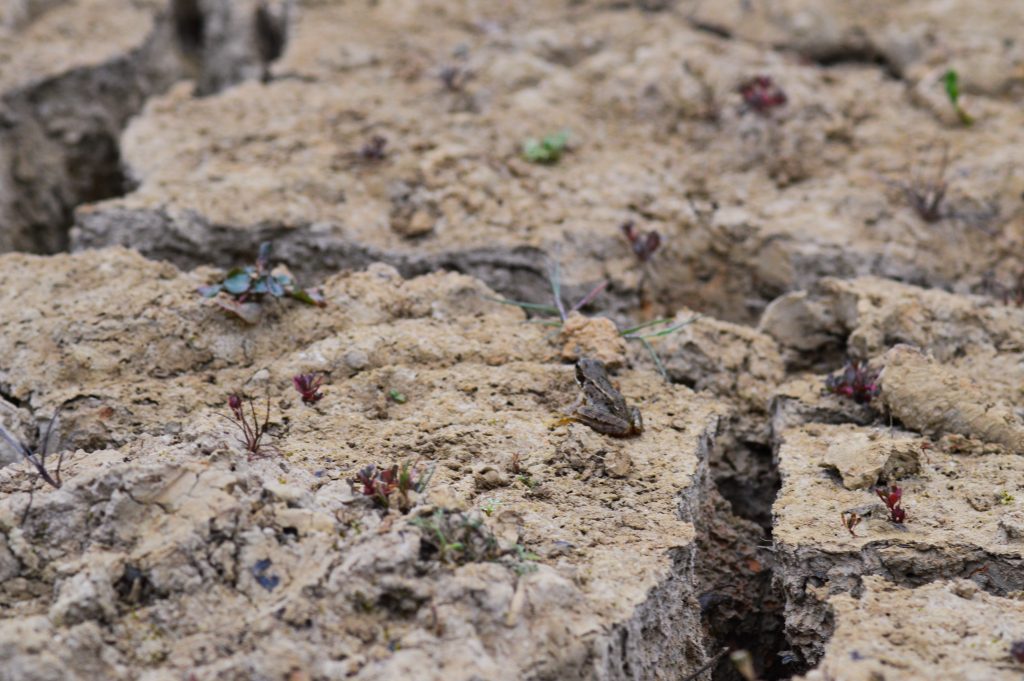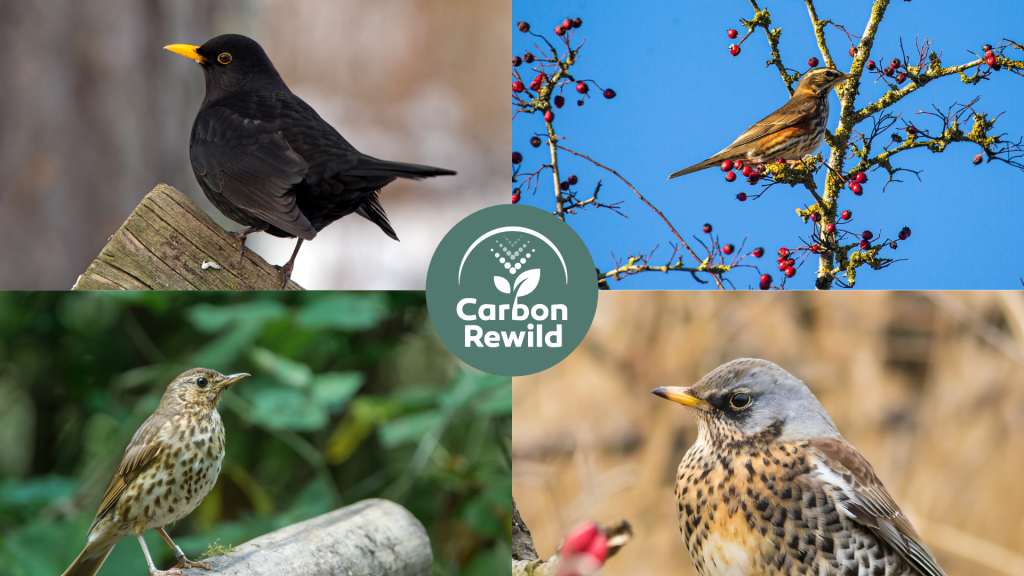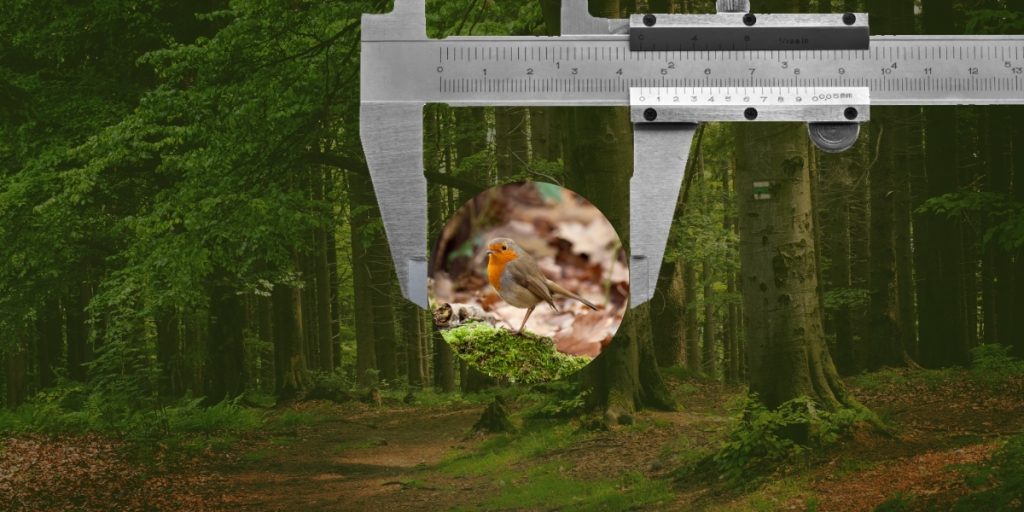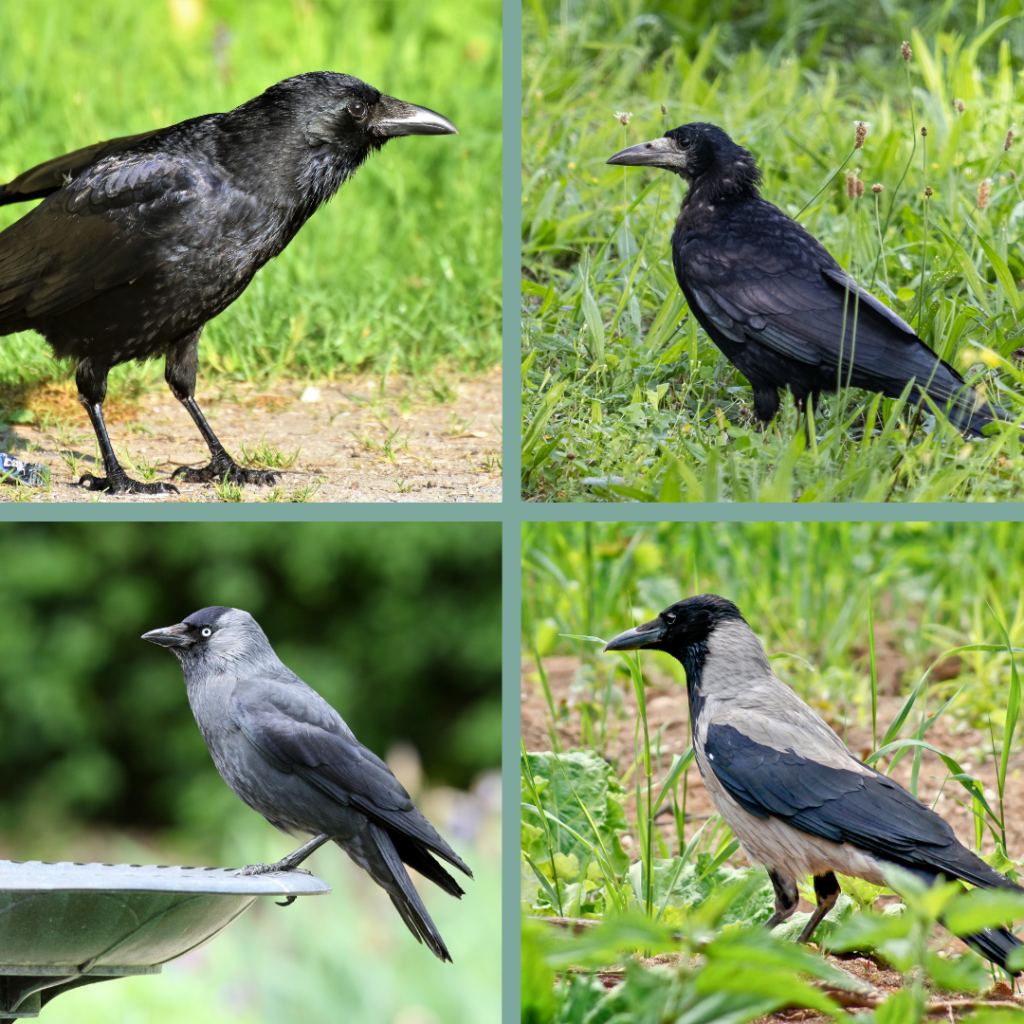Global temperatures are increasing. Fact.
Over the past 200 years the average global temperatures have increased by 1℃. Temperature rises of between 3-6℃ by 2100 are projected if we continue on our current path. Higher temperatures will destabilise vital natural processes that humans and the natural world rely on to maintain a delicate balance.
Ultimately the Earth itself will be fine, but life on it is in serious trouble if we continue as we are
Man-made Climate Change
The cause of this temperature rise is an increase in greenhouse gases present in the Earth’s atmosphere. Our atmosphere. And this significant greenhouse gas rise is due to human activity.
The largest greenhouse gas by volume is carbon dioxide. Transport, heating, industrial processes, energy production, agriculture, all produce large amounts of carbon dioxide and whilst great efforts are underway to decarbonise these sectors it will not be enough.
Carbon, however, will still need to be removed from the atmosphere.

The Carbon Cycle
The carbon cycle is the natural process by which the chemical element carbon is constantly being passed between carbon sinks.
Carbon can exist in many different places on the planet.
- On land as biomass (e.g. vegetation and animals), in soil as organic matter or rocks,
- In the oceans as biomass, decayed organic matter, or it dissolves into water,
- In the atmosphere as carbon dioxide,
- Deep underground as fossilised carbon, some of which are extracted as fossil fuels.
Overtime carbon will move between these different sinks in a number of different ways. Some of these processes can take seconds (fossil fuels into atmosphere), some happens on an annual basis (from the atmosphere to biomass), and some occur over millions of years (biomass to fossil fuels).
Unfortunately our dependency on fossil fuels is destabilising this balance far more carbon dioxide is being emitted into the atmosphere than can be removed by existing natural processes.
Natural Carbon Capture
The good news is that we can work with Nature to boost capture carbon and store it in natural sinks, either in the soil or in the biomass of trees and plants.
There are a wide range of range of plants and ecosystems that are able to capture carbon.
Plants, trees, bacteria, fungi, soil dwelling creatures, and animals great and small all play their part in complex webs that, in some cases, we know relatively little about. Crucially, healthy ecosystems are able to turbocharging the carbon capturing process.
Fuelled primarily by photosynthesis atmospheric carbon dioxide can be turned it into stable solid forms and be stored either in tree trunks or under our feet as ‘soil carbon’

As we know from school, photosynthesis is the process by which plants and trees take in carbon dioxide, water and sunlight and convert it to sugars and oxygen. This process found across the world binds atmospheric carbon dioxide in the form of sugars and carbohydrates. These carbon-rich sugars are then converted into an array of different molecules, thereby removing carbon dioxide from the atmosphere.
This is the first step for many carbon capture methods. For example, as trees absorb more carbon and create more sugars they grow. Sugars are turned into cellulose storing the carbon as wood.
As trees and plants grow they also put down roots which can extend far underground taking carbon-rich sugars and other carbon compounds down with them. Bacteria and fungi in the soil feed off these compounds and lock away even more carbon.
Trees are usually the first to come to mind when we think of natural carbon capture. However, of the total carbon stored on land (3000 billion tonnes) approximately 80% is stored in the soil (2500 billion tonnes).
This represents a huge opportunity to capture a sizable amount of carbon.
In order to utilise Nature’s toolbox we have to let go of our human desire to tinker and realise that a one size fits all solution does not exist. Different places on earth will have different mechanisms for capturing carbon.
So at Carbon Rewild we are harnessing the power of rewilding to ensure that Nature takes the lead and creates a sustainable, long term carbon storage solution.
Want to Learn More?
Carbon Rewild offers us the opportunity to observe, learn and share the story of climate change mitigation through carbon capture. You can follow us on social media and our blog to hear about the latest research into rewilding and carbon capture.
Is Winter the Most Important Season for Monitoring Birds?
When the days grow shorter and temperatures fall, the birdlife of the UK undergoes a…
Get To Know Your Thrush Songs and Calls
There are six species of Thrush present in the UK over the course of the…
How to Calculate Bioacoustic Measurement Uncertainty
Biodiversity measurements and metrics are in the process of building acceptance and trust. Qualification of…
Introduction to Measurement Uncertainty, Biodiversity Measurements, and Trust
Measurements form an important part of modern society, they are omnipresent in our daily lives…
Species Spotlight: The Common Cuckoo
The cuckoo, belonging to the family Cuculidae, is a bird that has fascinated people across…
Get To Know Your Corvid Calls!
During winter, many songbirds live a quieter life. However, Corvids (crow family, Corvidae), can still…
Sources
- Ontl, T. A. & Schulte, L. A. (2012) Soil Carbon Storage. Nature Education Knowledge 3(10):35
- Hannah Ritchie and Max Roser (2017) CO₂ and Greenhouse Gas Emissions. Published online at OurWorldInData.org. Retrieved from: ‘https://ourworldindata.org/co2-and-other-greenhouse-gas-emissions’ [Online Resource]
- The Royal Society, (2018) Greenhouse Gas Removal, Publlished online at https://royalsociety.org/topics-policy/projects/greenhouse-gas-removal/
- Eric Sorensen, (2018) Six feet under: Deep soil can hold much of the Earth’s carbon, WSU News. Retrieved from: https://news.wsu.edu/2018/11/26/deep-soil-can-hold-much-of-the-earths-carbon/ [Online Resource]






